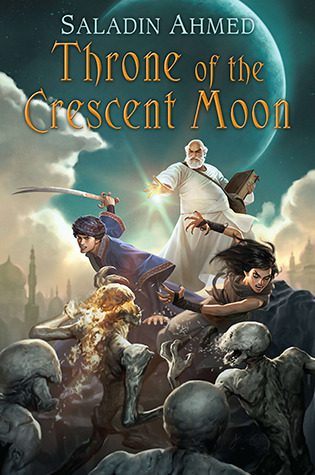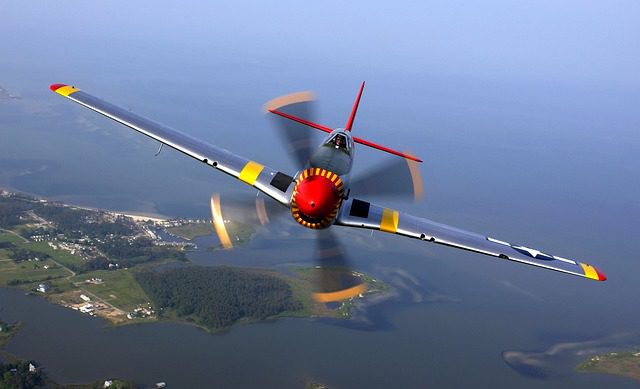
Let me start this book review/rant by saying that I am not a book critic. Normally I only review a book when I feel it is something that the reader might enjoy. I’ll discuss the strengths and weaknesses, and why I think said book is worth reading.
Today, I’m going to be a bit harsher on a book than usual, specifically as it relates to portraying the elderly. Before I go on, let me say that the book does not disrespect old people. But it is obvious that the author, Saladin Ahmed, was a young man when he wrote ‘Throne of the Crescent Moon‘. He would have been wise to speak to old farts to get a better understanding of how they think and how they view their life and the world around them.
First, the review
Most fantasy novels are set in a medieval European world, usually populated by knights, castles, kings, and whatnot. There’s nothing wrong with that, but I’m always on the lookout for novels set in different cultures or time periods. Thus, my interest was piqued when I came across Throne of the Crescent Moon, a story set in an Islamic culture. The story centers around an elderly “ghul hunter”, a young religious warrior and a young woman who is the sole survivor of her desert nomad tribe.
Sadly, Throne of the Crescent Moon is not a good book. Weak characters, weak motivations, a villain who is practically non-existent, far too many deux ex machina moments, a climax that is, well, anticlimactic, and a ridiculous ending. I’ll say no more.
Now let me climb up on my soapbox and get to what really bothered me about this book.
Really? An existential crisis? Now??
My main beef is that Mr. Ahmed doesn’t understand how old folk think. Which is fine, because I didn’t either until I became an old folk. But we old-timers do think a little differently than the youngins.
One of our characters, Doctor Adoulla Makhslood, is a 60(+) year old ghul hunter who finds himself facing the most dangerous foe he has ever faced. Definitely a sore trial for a man who has been fighting bad guys for over 40 years.
Yet he spends most of his time bitching about how unfair it all is, how he’s been forced to make so many sacrifices over the years, and he’s not sure he wants to fight monsters anymore. This outlook struck me as wrong. An existential (midlife) crisis is for a person 15 to 20 years younger than our Dr. Makhslood. Usually, it’s around 40 years old when most of us are gripped with the fear of “is this all there is? What am I doing with my life? What are my sacrifices getting me?”.
By 60, most of us are coming to terms with the life we have lived, for better or worse. There are a lucky few who think their life has been everything they could have hoped for. Then there are others who become quite bitter and angry at how things turned out. They make themselves and everyone else around them miserable. You can usually tell who these people are because they always look like they just bit into a turd.
And in the vast middle are the rest of us, who perhaps feel their life has been an off-road adventure with all its ups and down, ruts and highpoints. Maybe we aren’t where we thought we would be, but overall, it’s been a good life.
Instead…
Dr. Makhslood, who is facing the greatest crisis of his life, as an older man should instead be plagued with self-doubt. He should be wondering if he is up to the task. After all, he is not as strong or as fast as he once was. His reflexes are slower now. His body betrays him, often as the worst possible moment. Maybe he is not as sharp mentally as he once was. Such fears would have been far more accurate.
Rant over. I said above, if authors are going to build a story around old farts, it would behoove them to talk to and, more importantly, listen to old farts.
If you like reading fantasy and want to check out fantasy novels set in different cultures, there’s two authors I highly recommend. For a much better novel set in a Middle Eastern culture, Andrew Howard Jones ‘Desert of Souls‘ is fantastic (The Desert of Souls). If you are more interested in an Asian setting, you can’t go wrong with Sean Russell’s ‘Initiate Brother‘ (The Initiate Brother Duology)
—————–Interlude———————–

——–What’s next on the nightstand——-

Wings of War
Recently published, ‘Wings of War‘ goes into the conception, development and deployment of one the most beloved fighter aircraft all time: the North American P-51 Mustang. The P-51 (P stands for pursuit) was the fighter that escorted the bombers into Nazi Germany, helping sweep the Luftwaffe (German air force) from the sky as they did so.
To show how respected this aircraft is, especially by those who have ever worked fighter aircraft, let me give an example from my own life. Way back in the in the early 1990s my unit, the 140th Fighter Wing, was converting from the A-7 Corsair to F-16 Fighting Falcons. Our ramp was covered in a mixture of mid-century and modern fighting jets. Quite an impressive sight.
Then one hot summer afternoon our flightline entertained a visitor. A privately owned P-51 landed and taxied into a parking spot near the main hanger. Let me tell you, even though our flight line was chock full of modern jets, all the aircraft maintainers, and even some pilots, poured out of the hanger to gather around and ogle this vintage propeller driven beauty.
For one afternoon, the sleek jets cramming the flightline were flat out ignored.
There were at least a hundred of us clustered around this flying work of art. The pilot was pretty good humored about it. I assumed he was used to this kind of attention. He stuck around for a while to answer questions and talk proudly about his pride and joy.
My memory may be faulty, but I think the P-51 that visited us that day was the Stang Evil. If I’m right, this aircraft is based out of Lakewood, Colorado. If I’m wrong, hopefully somebody who was there that day can set me right.
What’s really cool is that the Stang Evil was one of the P-51s that flown by the 140th FW in the years after WW2, until the unit upgraded to F-86s.
I’m really looking forward to the “biography” of the P-51 Mustang, the plane that really did win the war.


